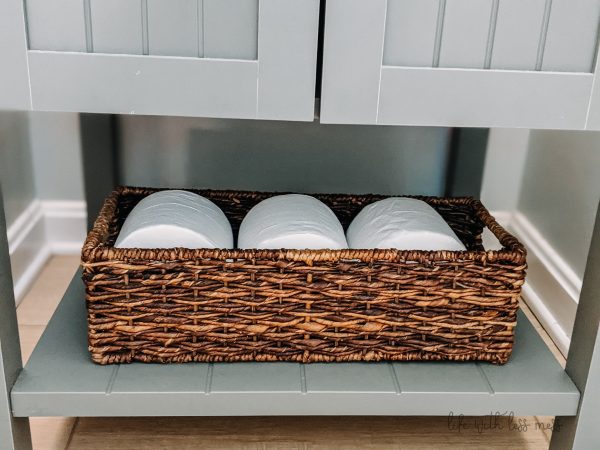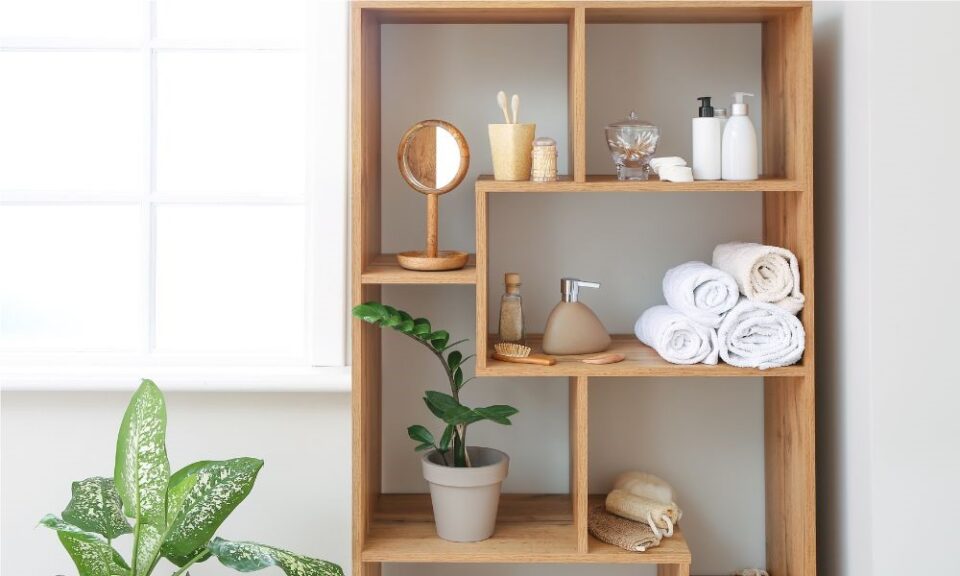Visual clutter is not just about the number of objects in a room—it’s about how those objects interact with the space. When furniture, decor, and personal items compete for attention, the result can be a chaotic and overwhelming atmosphere. Even a room with minimal furniture can feel cluttered if the arrangement does not allow for a sense of openness and flow.
Physical clutter consists of excessive items that take up space, but perceived clutter is how the mind interprets the arrangement. A room with too many contrasting shapes, colors, or heights can feel overwhelming, even if everything has its place. Understanding this distinction allows for strategic design choices that create a more harmonious environment.
A space may feel cramped not because of the quantity of furniture, but because of how it is positioned. Poor furniture placement can disrupt natural sightlines, making a room feel enclosed. Oversized furniture in a small space or a lack of alignment between pieces can contribute to a sense of visual chaos.
The Role of Furniture Placement in Creating a Sense of Order
Poorly placed furniture can disrupt the natural flow of a space, making it feel cramped and unbalanced. When furniture is too close together, it can limit movement and create an overwhelming sense of restriction.
Negative space, or the empty space around objects, is just as important as the furniture itself. A well-balanced room incorporates open areas that allow the eye to rest, making the space feel more expansive and inviting.
Symmetry can provide a sense of structure and harmony, while asymmetry can create dynamic, visually interesting compositions. The key is to find a balance—too much symmetry can feel rigid, while too much asymmetry can feel chaotic.
Furniture placement should consider the natural pathways within a room. If movement is obstructed by poorly placed furniture, the space will feel congested and less functional.
Common Mistakes That Lead to Visual Clutter
Visual clutter is often the result of overlooked design choices rather than an excess of items. Even well-intentioned layouts can create a sense of congestion if not carefully considered. Mistakes such as improper furniture scaling, misalignment of design elements, and inefficient use of negative space can make a room feel chaotic rather than cohesive. Overloading a space with unnecessary pieces, ignoring proportions, and failing to establish a visual hierarchy can quickly turn an otherwise well-decorated home into an overwhelming environment. Understanding and avoiding these common pitfalls is essential for achieving a balanced, open, and visually appealing living space.
- Pushing All Furniture Against the Walls. Contrary to popular belief, placing all furniture against the walls does not always make a room feel larger. Floating furniture, or pulling pieces slightly away from the walls, can create a more cohesive and inviting arrangement.
- Overloading a Room with Too Many Pieces. More furniture does not equal better functionality. A cluttered room often results from trying to fit too many pieces into a limited space. Prioritizing essential furniture and allowing for breathing room can make a room feel more comfortable.
- Ignoring Proportions. Furniture should be proportionate to the size of the room. A large sectional in a compact space can dominate the area, while too many small pieces can create a sense of disarray. Finding the right balance is crucial for visual harmony.
- Using Mismatched Styles. Mixing furniture styles can add personality, but too many competing styles can lead to a sense of disorder. A cohesive color palette or unifying design elements can help blend different styles seamlessly.
- Having Too Many Decor Elements. Excessive decor, even in a well-arranged room, can contribute to visual clutter. Choosing a few statement pieces instead of filling every available surface can create a more refined and spacious feel.

Strategic Furniture Arrangement for a Visually Lighter Space
Achieving a visually lighter space requires more than just decluttering—it’s about arranging furniture in a way that enhances openness, improves flow, and maintains a sense of balance. Thoughtful placement can transform a cramped, chaotic room into a harmonious retreat. By considering factors such as spacing, symmetry, and layering, homeowners can craft an environment that feels spacious and well-proportioned. A strategic approach to furniture arrangement ensures that every piece contributes to the overall aesthetic without overwhelming the senses.
- Creating a Focal Point. A strong focal point—such as a fireplace, a large piece of artwork, or a striking furniture piece—helps anchor the room and reduce visual distractions.
- Using Zones. Dividing a room into functional zones, such as a reading nook, dining area, or conversation space, helps create structure and reduces the feeling of randomness.
- Layering with Purpose. Combining different furniture heights and materials adds depth without overwhelming the space. Layering should be intentional, ensuring that no single element dominates the visual field.
- Leaving Breathing Room Between Pieces. Spacing furniture appropriately prevents a room from feeling overcrowded. Leaving gaps between pieces enhances flow and makes the room feel more open.
- Choosing Multi-Functional Furniture. Furniture that serves multiple purposes, such as storage ottomans or extendable tables, can reduce clutter by eliminating the need for additional pieces.
The Influence of Color and Material on Visual Clutter
Color and material choices play a significant role in how cluttered or spacious a room appears. The right combination can create a sense of openness and harmony, while poor selections can make a space feel heavy and disorganized. Lighter colors and reflective surfaces can enhance brightness and make a room feel airy, whereas dark tones and heavy materials can add warmth but may also contribute to a visually cluttered environment. Understanding how different hues, finishes, and textures interact with light and space is key to achieving a well-balanced and aesthetically pleasing home.
- Dark vs. Light Furniture. Lighter furniture can make a room feel airy, while dark furniture adds warmth but may feel heavier. The right choice depends on the desired ambiance.
- Reflective Surfaces and Glass Elements. Mirrors, glass tables, and glossy finishes can reflect light and create an illusion of spaciousness, making a room feel less cluttered.
- Matte vs. Glossy Finishes. Glossy finishes amplify light, while matte finishes reduce glare and provide a softer aesthetic. Choosing the right finish contributes to the overall balance of the room.
Using a variety of materials—wood, metal, fabric—adds depth, but consistency in color or style prevents the space from feeling disjointed.

